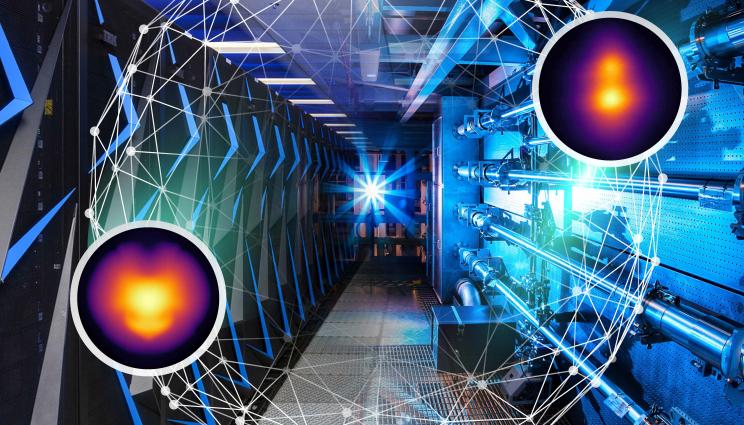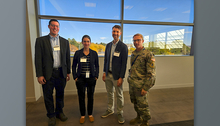High-performance computing, AI and cognitive simulation helped LLNL conquer fusion ignition
For hundreds of LLNL scientists on the design, experimental, and modeling and simulation teams behind inertial confinement fusion (ICF) experiments at the National Ignition Facility, the results of the now-famous Dec. 5, 2022, ignition shot didn’t come as a complete surprise. The “crystal ball” that gave them increased pre-shot confidence in a breakthrough involved a combination of detailed high-performance computing (HPC) design and a suite of methods combining physics-based simulation with machine learning. LLNL calls this “cognitive simulation,” or CogSim. The detailed HPC design uses the world’s largest supercomputers and its most complicated simulation tools to help subject-matter experts choose new directions to improve experiments. CogSim then employs artificial intelligence to couple hundreds of thousands of HPC simulations to the set of past ICF experiments. These CogSim tools are providing scientists with new views into the physics of ICF implosions and a more accurate predictive capability when considering parameters such as laser energy and target-design specifications. “It’s almost like looking into the future, based on what we've seen in the past about what might happen,” said Brian Spears, LLNL’s deputy modeling lead for ICF. “Our traditional design tools and experts say, ‘These are the knobs that you should adjust,’ and then the new CogSim tools say, ‘Given those adjustments and patterns from prior experiments, that looks like it's going to be really successful.’” Read more at LLNL News.







